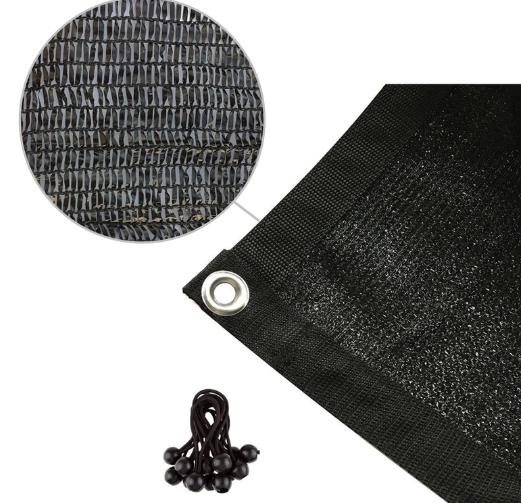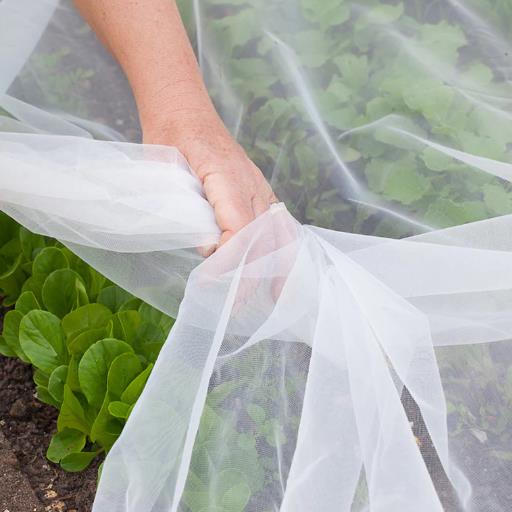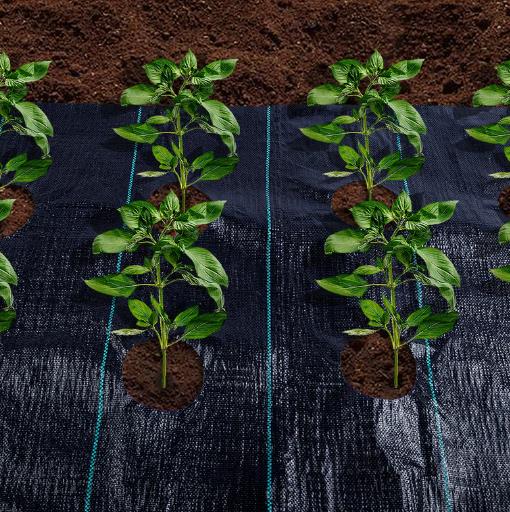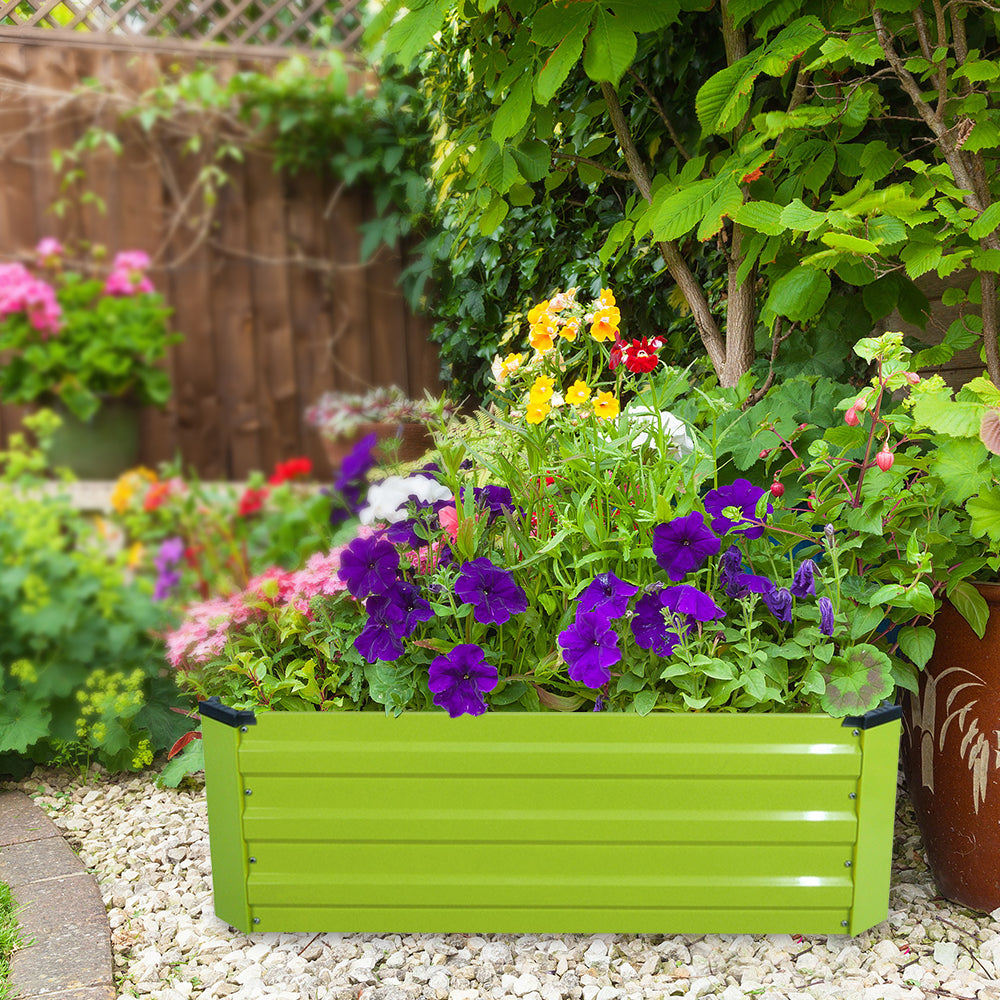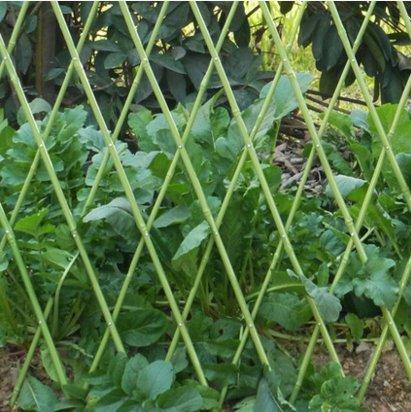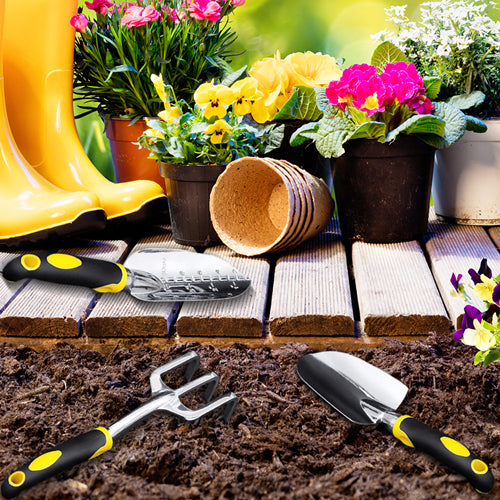
Sunbathing from your home garden, juicy tomatoes, will give you a taste you can't get from store-bought fruit.It's easy to grow your own delicious tomatoes if you keep the following planting, cultivation and harvesting tips in mind.
1.Time Your Planting
The first thing to understand about when to plant tomatoes is that tomatoes are warm-weather plants. The first sign that it is the proper planting time for tomatoes is when the night time temperature stays consistently above 50 F./10 C. Tomato plants will not set fruit until the night time temperature reaches 55 F./10 C., so planting tomato plants when the night time temperature is at 50 F./10 C. will give them enough time to mature a bit before fruiting. The second sign for knowing when do you plant tomatoes is the temperature of the soil. Ideally, the soil temperature for the best time for planting tomatoes is 60 F. (16 C.). A quick and easy way to tell if the soil is warm enough for planting tomato plants is to thrust a finger in the soil. If you cannot keep your finger all the way in the soil for a full minute without feeling uncomfortable, the soil is most likely too cold for planting tomatoes. Of course, a soil thermometer helps too.
2. Choose a Growing Area
Tomatoes require full sun — that means a minimum of eight hours of direct sunlight a day. So choose an exposed growing area, away from buildings, trees, and tall shrubs. Exposure also ensures that the plants receive adequate ventilation, which helps prevent common garden diseases.
3. Prepare the Planting Site
Tomatoes grow best in well-draining soil that is high in organic matter and on the acidic side, with a pH between 6.5 to 7.0.1 Prior to planting, increase the organic matter by applying a 2- to 3-inch layer of compost to the soil surface and tilling it into the soil.
Tomatoes are fast growers. They require significant amounts of nutrients to put out branches, develop blossoms, and form fruit – all in just a few short weeks. The tomato fertilizer you added when planting will last only a short time. Help your growing tomatoes thrive by continuing to give them the nutrients they need.
Staking your tomatoes isn’t 100% necessary, especially if you’re growing tomatoes of a dwarf or bush variety. But for most indeterminate tomatoes, staking means the difference between a larger, healthier crop and a so-so one.
Staking can be a one-time step when you use tomato stakes, tomato spirals, or even a tomato trellis. Tomato stakes, on the other hand, while less expensive still require that you check plants at least once a week and tie new branches to the stake for support.
This is one area of tomato care that requires you to make a decision fairly soon after planting. Growing tomatoes don’t wait for you to stake them. Try different ways of staking tomatoes and find out which method works for you. You can also choose a combination of tomato staking methods, using cages for some tomatoes and stakes for others, for instance.
Tomatoes are the most popular home garden crop in the U.S. Unfortunately, tomatoes are also extremely popular with garden pests.
The good news is that with just a little diligence, you can help keep your tomatoes healthy, disease-free, and pest-free.
Make it a habit to monitor your tomato plants daily if possible. Stroll by plants each day and do a quick inspection. Look for wilting leaves, discolored leaves, holes in leaves, streaked stems or leaves, and holes in fruit. Those symptoms can indicate a number of different tomato problems, including tomato diseases (such as tomato blight, blossom-end rot, or tomato fungus). You’ll also be able to spot tomato bugs and pests (like the tomato hornworm or cutworm.)
When you keep a regular eye on your tomatoes and see problems, you’ll be able to treat them right away. That means healthy tomato plants and a big crop of juicy, best-tasting tomatoes.
5. Watch for Pests and Diseases
Common Tomato Pests
Aphids are tiny winged and wingless insects that are often found on the undersides of leaves or feeding in clusters throughout plant vegetation.
They can be difficult to see, but if ants are present, then aphids generally are too. (Ants like to feed off the sugary honeydew that’s a byproduct of aphid feeding.) Aphids are sap-sucking creatures that cause plants to weaken, stunting growth, and cause leaves to become misshapen. To rid your tomatoes of aphids, use a heavy stream with a Thumb Control Watering Nozzle to knock them off leaves. Then spray plants with soapy water. If the problems persist, encourage natural predators such as ladybugs. Tomato hornworms are large caterpillars with a horn-like tail (see above image).
You’ll find eggs or caterpillars on or near plants in the tomato family. Or you’ll discover the leaves of your tomato have disappeared. Tomatoes are the preferred host plants of these larvae. When you see them, pick them off plants and put them in soapy water. It’s also helpful to keep your garden weed-free. These same tips also apply to other caterpillars.
Slugs and snails love tomatoes as much as you and me.
If you find leaves and fruits with large holes, slugs or snails are near. Look for accompanying slime trails to positively identify. The best remedies for slugs and snails are four-fold. First, water directly above the root crown and not the entire garden. (Slugs and snails prefer moist environments.) Next, inspect plants regularly and handpick any unwanted visitors. If the problem persists, employ traps and/or barriers. Place a shallow dish filled with beer near plants to trap slugs and snails (they’ll climb in and die) or sprinkle a ring of diatomaceous earth around plants to prevent them from reaching crops.
Whiteflies are bright white, winged insects that form large colonies on the undersides of leaves.
They’re highly visible and, when leaves are moved or disturbed, will fly off in small white clouds of bugs. Like aphids, they’re sapsuckers that cause plants to weaken. Spray plants using a heavy stream of water with your watering nozzle and apply insecticidal soap.
Cutworms are larvae or caterpillars that feed on young plants at night.
If you find seedlings have disappeared by morning, they could be the culprit. To protect plants, place a collar made from cardboard, aluminum, or another recycled material at ground level and around stems to form a barrier.
Flea beetles are double trouble.
The adults, which are small black beetles that jump like fleas, feed on foliage leaving pits and small holes on leaves. Their larvae feed on roots. These beetles can be controlled by sprinkling plants with diatomaceous earth, introducing beneficial nematodes to the soil, and placing row covers over young plants.
6.Harvest Often
Enjoy the fruits of your labor as soon as tomatoes ripen, and harvest regularly to promote fruit production. Harvest using garden pruners or by twisting the fruit until it comes free from the vine. Avoid pulling on fruit when picking, as this can break the tender tomato branches.
Shop Stakes&Trellis For Tomatoes


